Training your pet can be a deeply rewarding experience, strengthening the bond between you and your furry companion. Whether you’ve just welcomed a new puppy or kitten into your home or are addressing behavioral issues with an older pet, effective training at home can lead to impressive results. This comprehensive guide will offer valuable insights and practical strategies to help you successfully train your pet in the comfort of your home.
Understanding the Basics of Pet Training
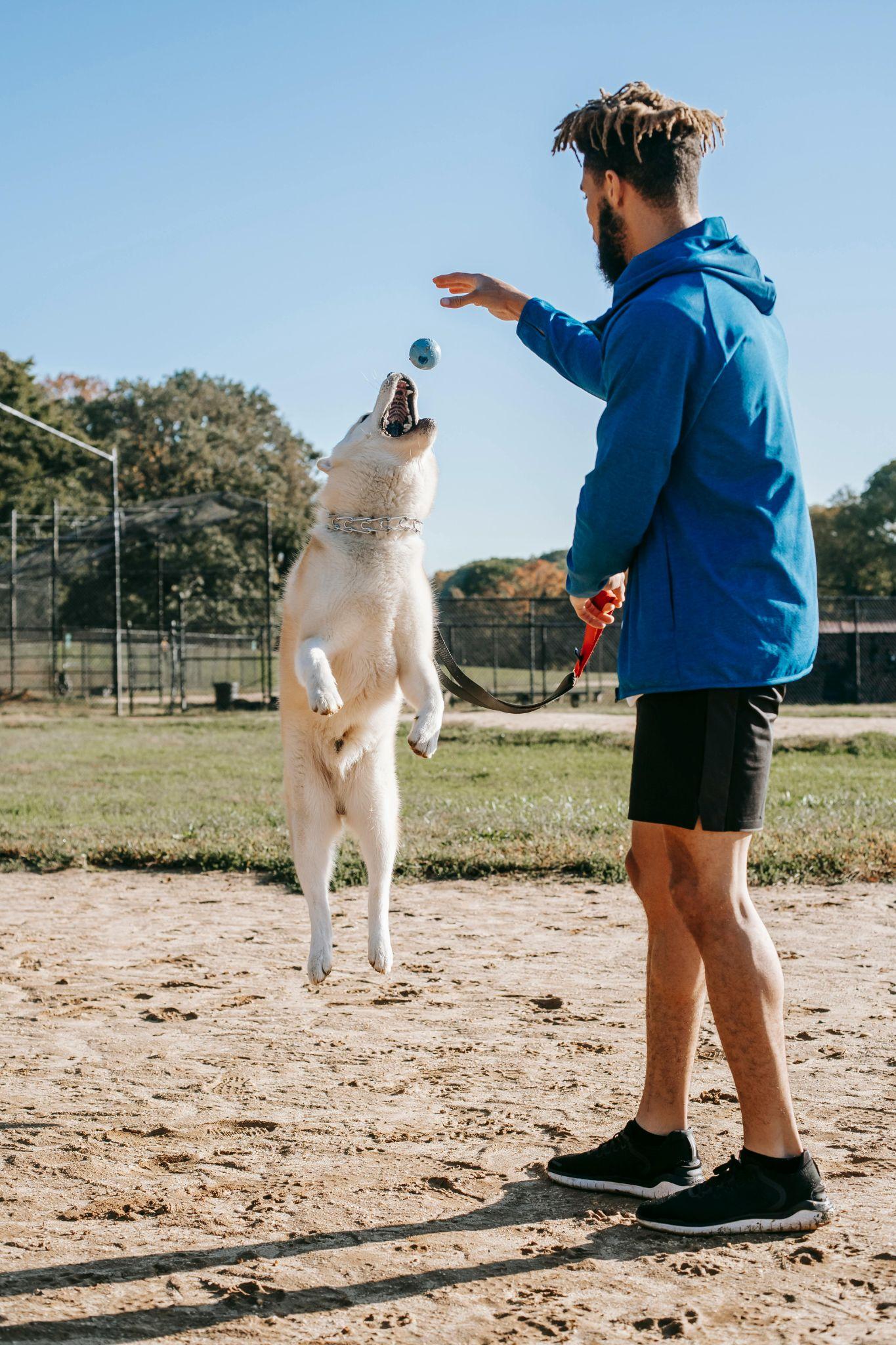
Before diving into specific techniques, it’s crucial to grasp the foundational principles of pet training. These principles will guide your efforts and ensure a more seamless training process.
Why Train Your Pet at Home?
Training your pet at home presents several advantages:
- Cost-Efficiency: It eliminates the need for pricey professional training classes.
- Flexibility: You can tailor the training schedule to fit your own timetable.
- Bond Strengthening: Training time is also quality time spent with your pet, deepening your connection.
Key Principles of Effective Pet Training
To achieve successful training outcomes, adhere to these fundamental principles:
- Consistency: Maintain uniform commands and routines to avoid confusing your pet.
- Positive Reinforcement: Focus on rewarding good behavior rather than punishing mistakes.
- Patience: Training is a gradual process requiring steady effort and perseverance.
Tips for Training Your Pet at Home
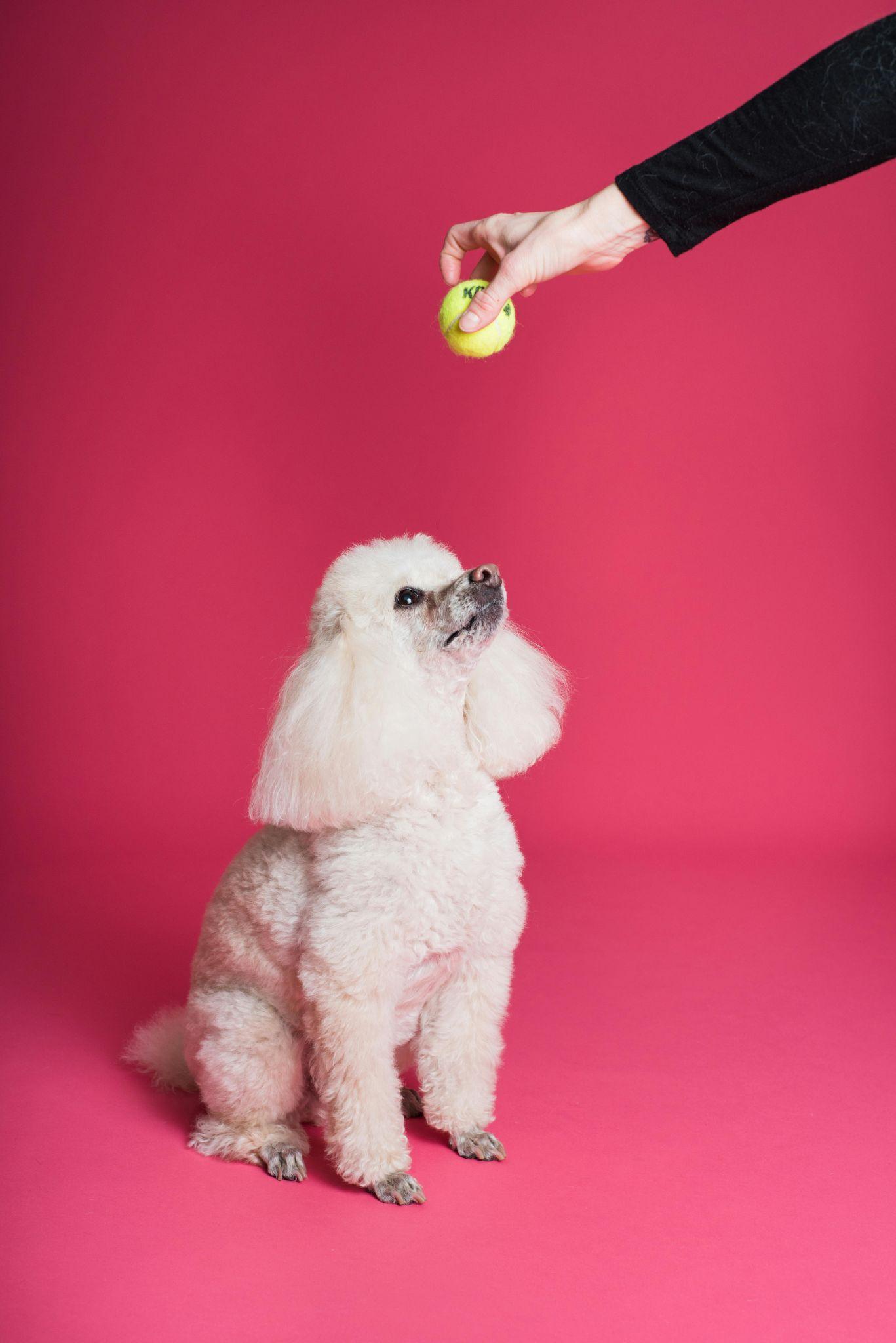
Effective pet training involves a combination of thoughtful strategies and practical techniques. Here’s a detailed guide to help you navigate the training process.
Create a Positive Training Environment
A supportive environment is vital for successful training. Consider these aspects to set up an ideal training space:
Choose the Right Location
- Quiet Space: Pick a quiet area with minimal distractions to keep your pet focused.
- Comfortable Setting: Ensure the space is comfortable for both you and your pet, promoting a relaxed atmosphere.
Gather Necessary Supplies
- Training Treats: Use small, enticing treats that your pet loves to encourage good behavior.
- Training Clicker: A clicker can effectively mark the precise moment your pet exhibits the desired behavior.
- Leash and Harness: Essential for training dogs, these tools provide control and guidance. https://truepetslove.com/product/oneisall-dog-grooming-kit/
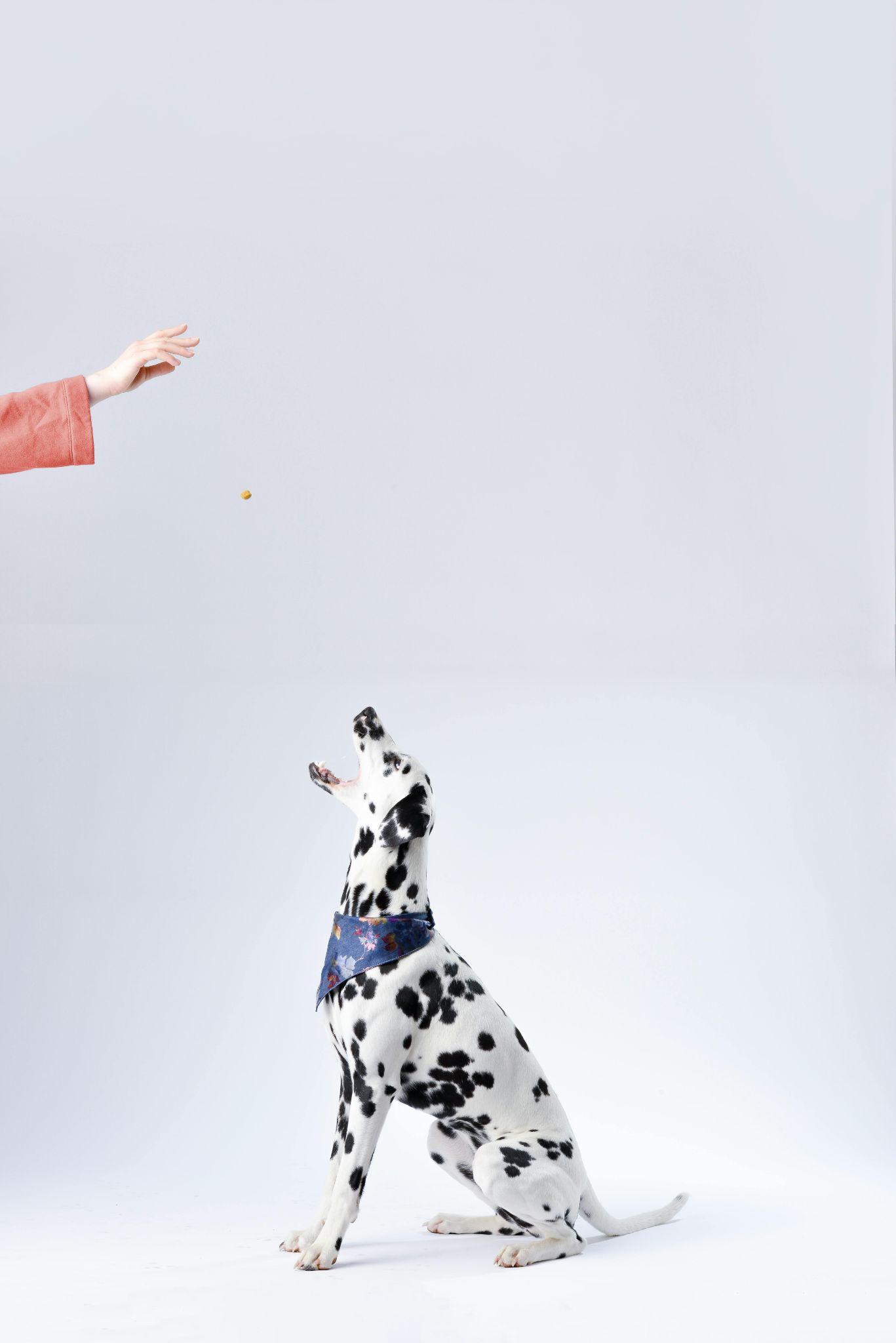
Implementing Effective Training Methods
Successful training relies on a mix of methods. Here are some proven techniques:
Positive Reinforcement
- Treats: Immediately reward your pet with a treat after they perform the desired action to reinforce the behavior.
- Praise: Verbal praise and affectionate petting can also be effective rewards, enhancing your pet’s motivation.
Clicker Training
- How It Works: Use the clicker to signal the exact moment your pet performs the desired behavior, followed by a reward.
- Training Steps: Start by associating the clicker sound with positive reinforcement, then use it to mark and reward specific behaviors.
Command Training
- Basic Commands: Begin with fundamental commands such as “sit,” “stay,” and “come” to build a strong foundation.
- Gradual Progression: Start with simple commands and gradually introduce more complex ones as your pet masters the basics.
Addressing Common Training Challenges
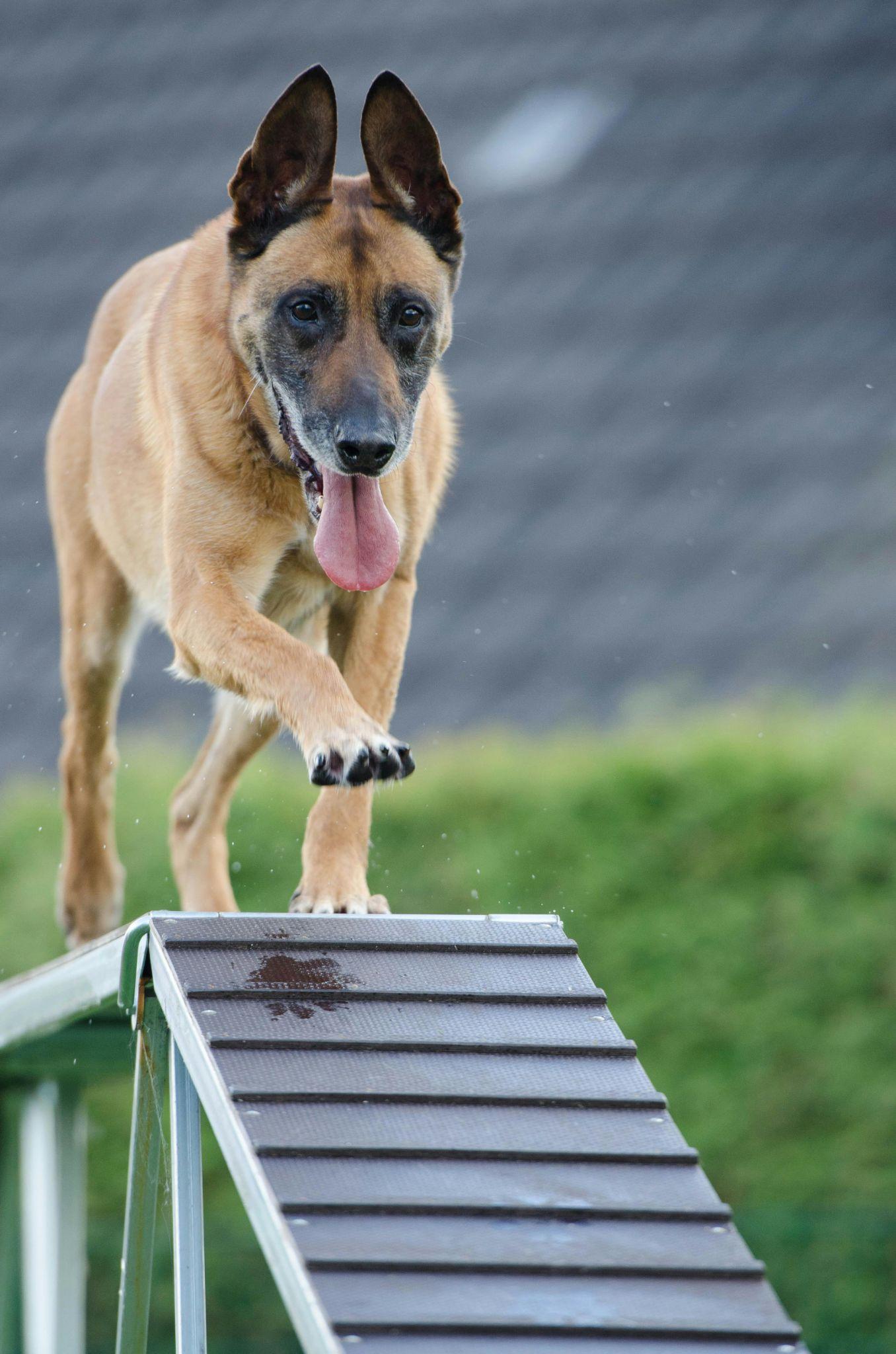
Training can present challenges, but with the right strategies, you can overcome them:
Dealing with Distractions
- Training in Short Sessions: Keep training sessions brief (5-10 minutes) to maintain your pet’s attention and avoid overwhelm.
- Gradual Exposure: Slowly introduce new distractions as your pet becomes more proficient, ensuring they remain focused.
Overcoming Fear or Anxiety
- Gentle Approach: Use a calm and gentle demeanor to help your pet feel secure and reduce anxiety.
- Positive Reinforcement: Reward your pet for calm behavior to build their confidence and alleviate fears.
Self-Training Pets: Building a Routine
Establishing a routine is key to successful training. Follow these steps to create an effective training schedule: https://truepetslove.com/mastering-pet-care-essential-tips-for-grooming-your-pet/
Create a Training Schedule
- Consistency: Train at the same times each day to build a consistent routine and reinforce learning.
- Frequency: Aim for multiple short sessions each day to keep your pet engaged and responsive.
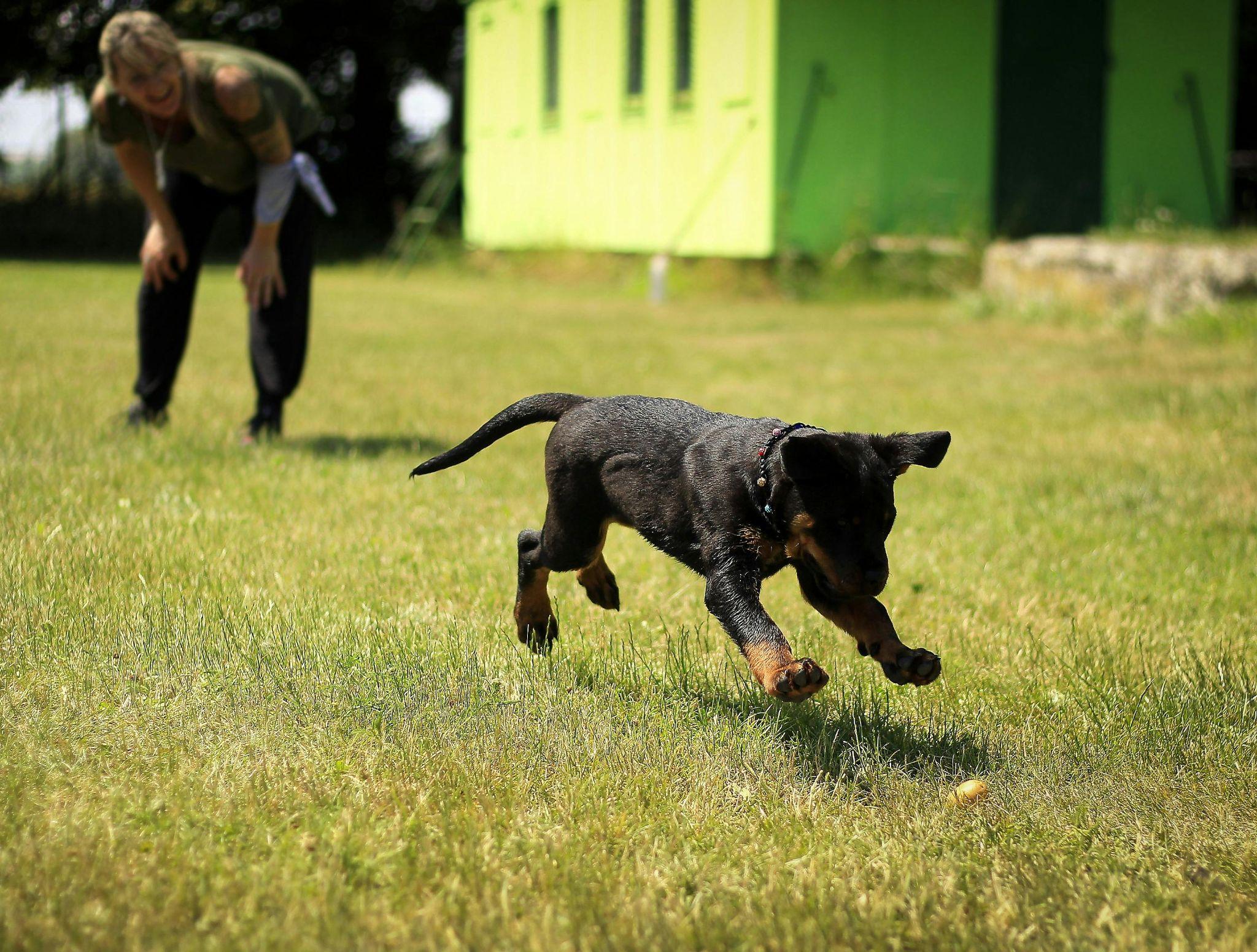
Incorporate Training into Daily Activities
- Mealtime Training: Use meal times as an opportunity to practice commands, making training a natural part of your pet’s routine.
- Playtime Integration: Integrate training into playtime to keep sessions enjoyable and stimulating for your pet.
Advanced Training Tips
Once your pet has mastered basic commands, consider these advanced techniques to further enhance their skills:
Trick Training
- Fun Tricks: Teach entertaining tricks like “roll over” or “play dead” to keep your pet engaged and mentally stimulated.
- Step-by-Step: Break down each trick into smaller, manageable steps to facilitate learning and success.
Socialization Skills
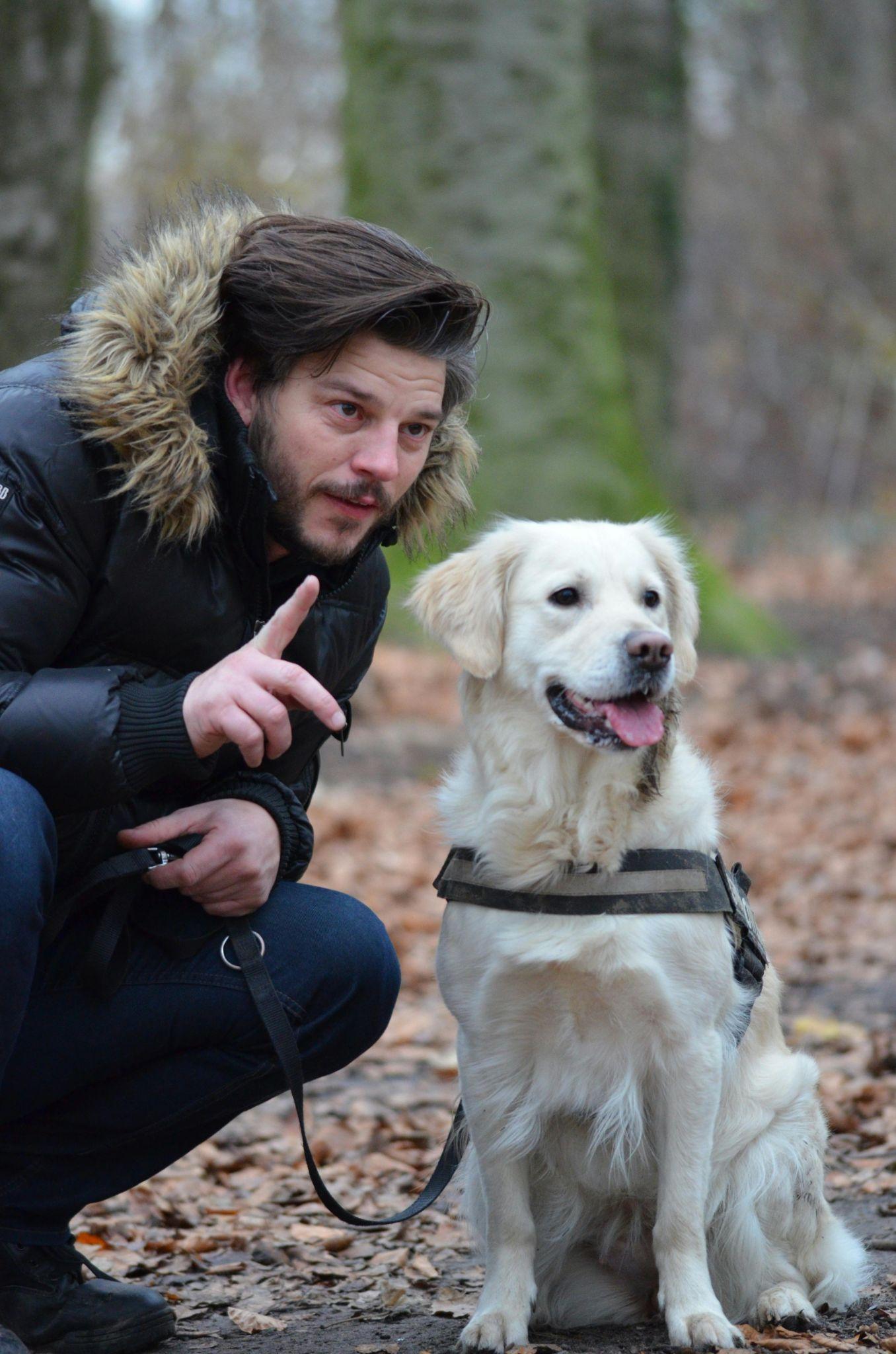
- Exposure to New Environments: Safely expose your pet to various environments and situations to build their adaptability and confidence.
- Interaction with Other Pets: Arrange playdates with other animals to improve your pet’s social skills and ease any potential anxieties. https://truepetslove.com/
Handling Behavioral Issues
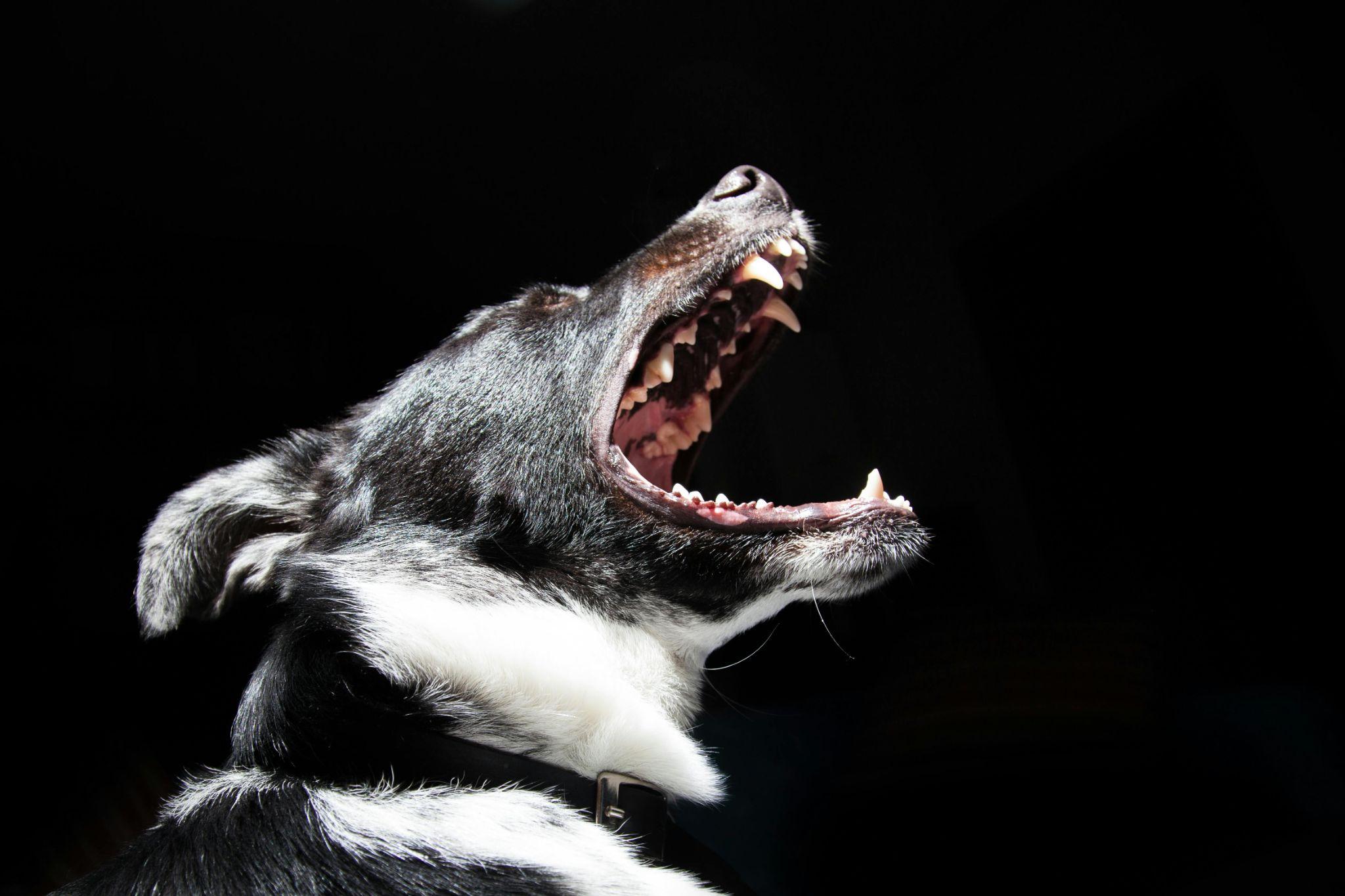
- Identify Triggers: Understand and address the specific triggers of unwanted behavior to effectively manage and correct issues.
- Seek Professional Help: For persistent behavioral problems, consider consulting a professional trainer for additional guidance.
Training your pet at home is not only a rewarding endeavor but also a crucial aspect of responsible pet ownership. By applying the home pet training tips provided here and utilizing effective pet training methods, you can achieve significant improvements in your pet’s behavior. Remember, the essence of successful training lies in consistency, patience, and positive reinforcement. Embrace the journey, celebrate each milestone, and enjoy the profound bond that grows through the process of self-training pets.
By integrating these techniques into your daily routine, you’ll build a well-trained and content companion, enriching both your lives.
